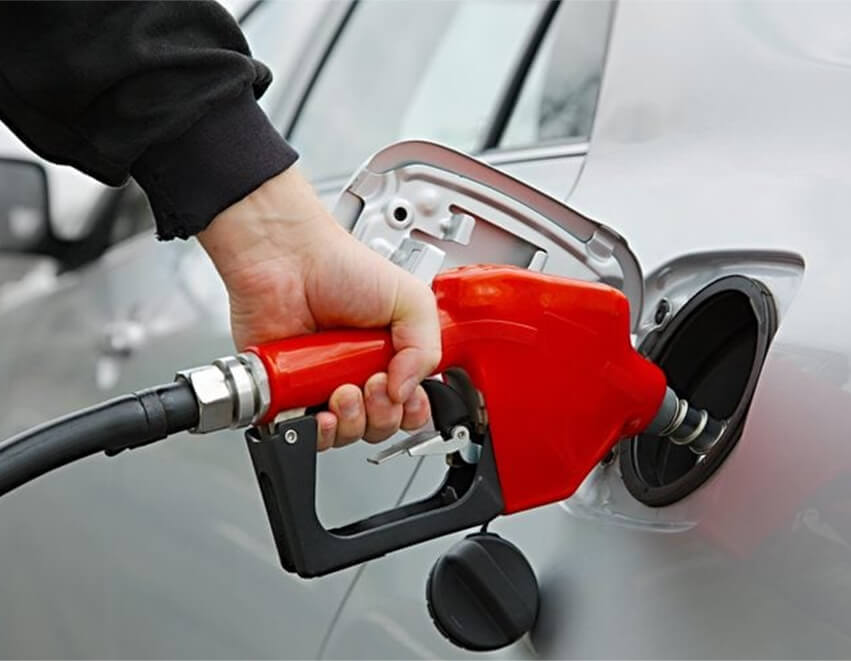Get expert advice on selecting the right lubrication pump for your application by evaluating output volume, pressure needs, duty cycle, and reservoir design. Enhance equipment reliability.
Lubrication pumps supply vital grease and oil to mechanical equipment bearings, gears and moving components. Choosing the optimal pump style to match your application protects assets and avoids unnecessary maintenance headaches. Consider key factors like:
1. Match pump output volume to consumption rate
2. Gear and piston models suit high-pressure needs
Duty cycle influences mechanical design
Reservoirs should hold 1-2 reloads worth
Lubricant pumps must reliably deliver adequate grease and oil on an as-needed basis to where it’s required throughout your machinery. Getting the output flow and pressure capabilities right based on usage prevents potential failure points from running dry or contaminated over time.
Here are a few key factors to consider while investing in a lubrication pump:
The most important aspect to evaluate is your equipment’s actual lubricant consumption rate under normal operating conditions. This determines the minimum output volume a pump must supply to each bearing and component in order to prevent deficient lubrication.
Undersizing pump output capacity starves points of required lubricant volume, accelerating wear. Conversely, grossly oversized units spike system pressure and waste energy. Matching verified consumption needs prevents these issues for optimal equipment protection.
If usage rate is unknown, conservative rules of thumb are:
Where high lubrication pressures above 1000 PSI are needed, heavy-duty piston and gear pumps are preferred for their robust construction. These models utilize precision-machined metallurgy, gears and rotors capable of producing substantial outlet pressures without fail.
Conversely, lighter peristaltic hose pumps generate less pressure through their squeezing design. But they prevent backflow contamination and excel at thicker greases unsuitable for gear/piston pumps. Determine pressure demands, then match pump technology accordingly.
Consider equipment runtime schedules and frequency of lubrication demand when selecting pumps. Intermittent light-duty cycles allow air-powered pumps to suffice based on plant air availability. But continuous or frequent high-volume needs justify standalone electric pump motors.
Also ensure mechanical design matches expected duty. Oversized ball bearings, thermally stable housings and pressure regulation prevent premature breakdowns. Optimizing these design factors for runtime prevents losing lubrication unexpectedly.
Pump reservoirs provide a ready supply buffer of grease and oil. Size this capacity to hold at least 1-2 full reloads worth for your application. This prevents the pump from losing prime or running dry while maintenance responds.
Well-designed reservoirs also incorporate agitators, cleanout ports and fill gauges. Breathers prevent contamination while allowing air exchange to prevent vacuum lockup. These aspects boost lubricant purity and ensure the pump runs only on grease/oil instead of pumping air.
Reliable lubricant pumps tailored to your specific usage parameters prevent unplanned downtime and protect capital assets. Work with Aocheng Group application engineers to select optimal pump configurations matching your pressure, volume and duty cycle requirements today. Our expertise helps safeguard your mechanical investments through properly sustained lubrication.




